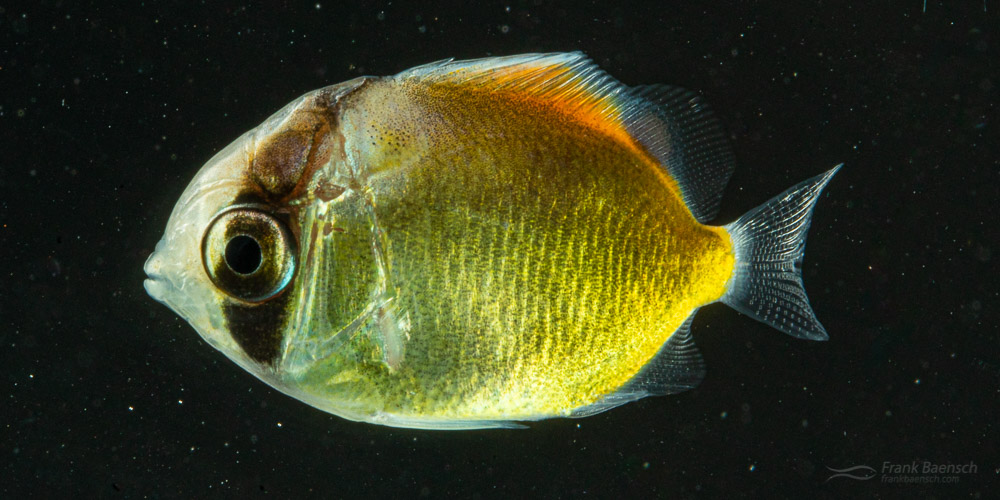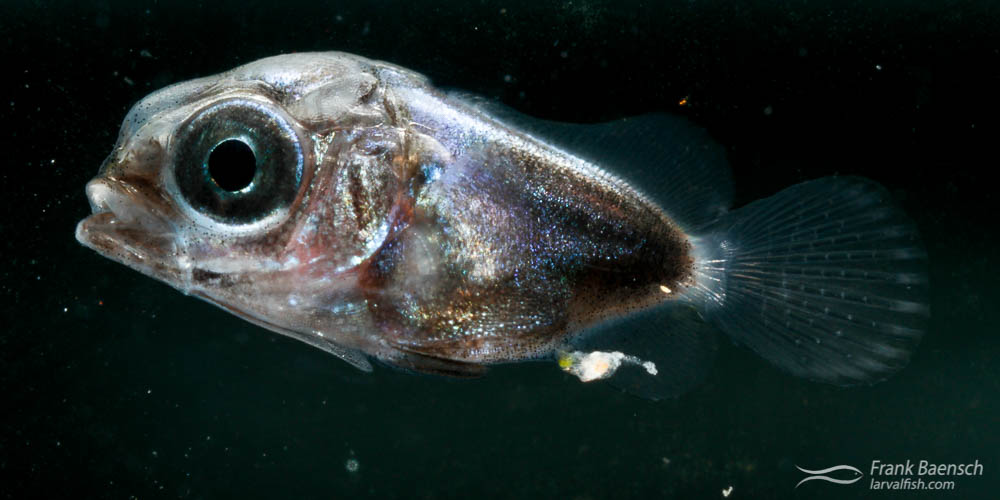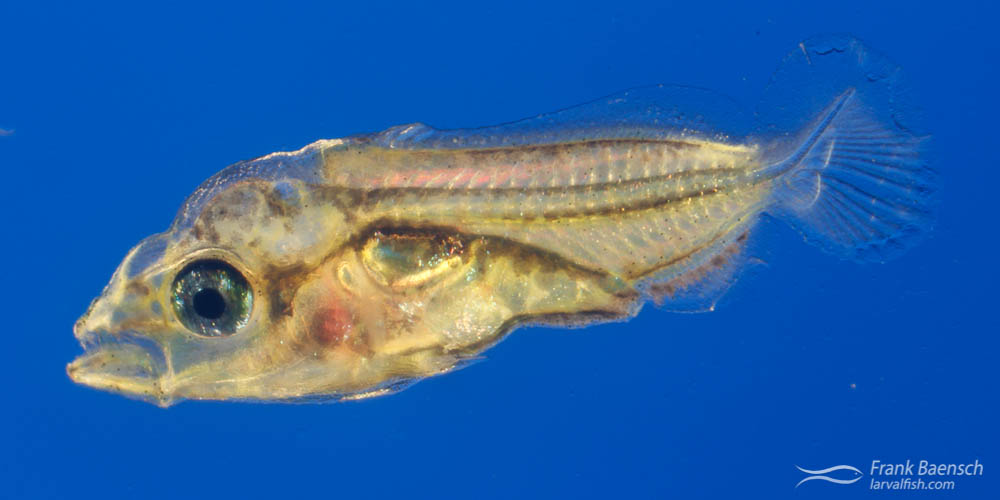- Joined
- Mar 6, 2020
- Messages
- 5,618
- Reaction score
- 3,489
Hi all, I have two friends that are trying to breed Assessors and Yellow Pyramid Butterflies. The one who’s trying to breed butterflies is doing it as a hobby (but hopes to produce then commercially if he can succeed) and collects their eggs. He’s an employee at a local aquarium. If anyone has resources or any info on breeding and rearing these two types of fish, please let me know / post the links here. Thanks a lot!

















